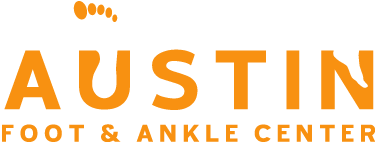What Running Shoes Should I Buy?
Determine the kind of running you do and where you will most likely run. The surfaces on where you run will also determine what time of shoe you will need for good support for running. Also, the shoe should give you the best performance.
Try Before You Buy
Generally, a pair of running shoes ought to last between 400 to 500 miles of running (3 or 4 months for avid runners). Take a look at your shoes as well as examine the midsoles and outer area of the soles of the shoes to determine if they are worn. If they are, it might be time for a new pair.
How do I know which shoes are right for me?
Dress shoes
Right here, style may be the primary problem, however, you must take into consideration just how much walking you do in these shoes. This will certainly be a factor in the choice of shoe; style over comfort or comfort over style. The more walking you do – you want your feet to be comfortable – picking comfortable shoes will keep your feet and
Do you need support?
The logic is as follows: people with reduced arches require more foot support, and also people with high arches require cushioned footwear. Supportive shoes work best for individuals who pronate— that is, people whose ankle joints roll inward as they walk or run, as the tight wedge of foam within the arc counteracts this inward rolling. A proper shoe, in theory, would fix over-rotation of your foot and also prevent ankle sprains or injury.
Look for a shoe with a thick sole for support and to absorb the shock from running on an artificial hard surface.
Toe Area
While standing, press gently on top of the shoe to determine the area between your longest toe as well as the end of the shoe. It needs to extend a half an inch. The extra toe room is for when your feet expand when running or exercising. Tight shoes or footwear that feel constraining can contribute to deformities such as bunions and also hammertoes.
Foot Strike
Foot strike is where your foot initially touches the ground. This will certainly show your ordinary percentages between heel, mid-foot, and also toe. Typically, “heel strike” is thought about “negative form.” Yet in truth, it’s more vital where your foot remains in connection to your body when running or walking.
Is “pricey” footwear much better?
Footwear prices are trending up once again. Expect $5 to $10 increases for lots of shoes in the typical ($100—$120) and costs ($130—$150) groups. But remember that there are likewise many high-quality entry-level shoes ($75—$100) readily available, even if you never see them in many running shops or running magazines. (Those shoes are commonly at “big box” sporting products shops or shopping mall stores rather than running boutiques.) You can often locate large amounts on the closeout racks at running shops or at various online websites. Before you choose to pay a premium or attempt to go low-cost, see to it your approach coincides with your running needs.
Much of the common knowledge concerning running shoes still holds: Joggers should try on larger, much more cushioned models initially. Whereas walking or hiking you can consider selecting a thinner, sleeker version. It is suggested to get a brand-new pair of running shoes after you have run 300 or 400 miles on your current running shoes. Yet beware of sales reps telling you that you’ll need to “break in” your footwear. Your brand-new shoes must feel like a second skin from the start. If not, do not buy them! And ultimately, if you’ve been running injury-free in the very same footwear version for a long period, you’ve discovered a keeper. Stick with what works for your feet for better foot performance and to be injury-free.

